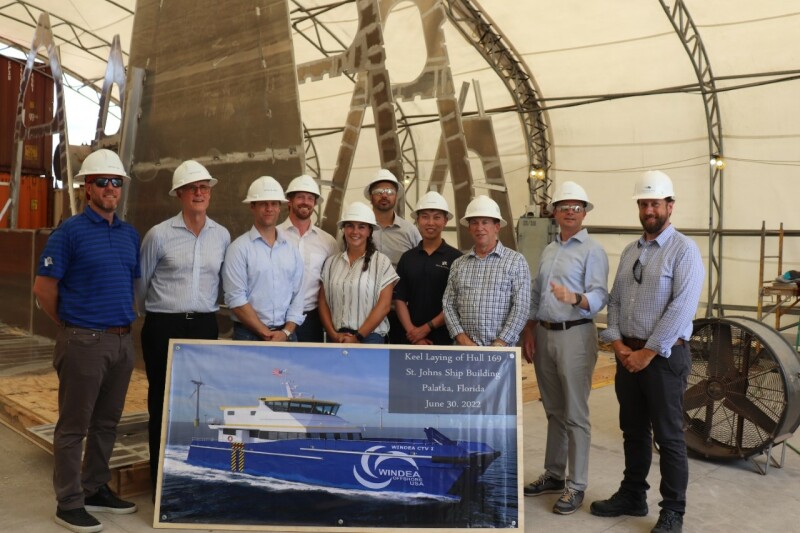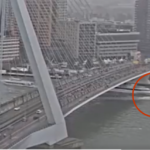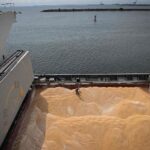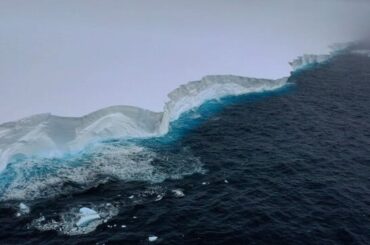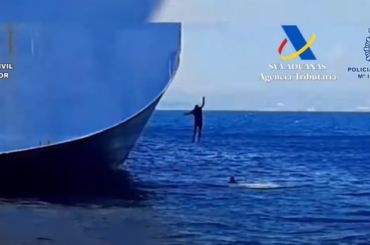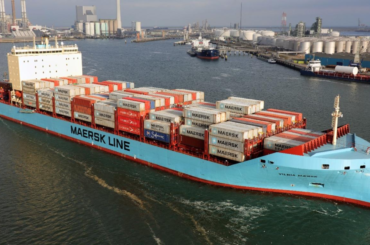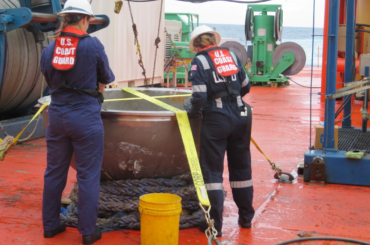St. Johns Ship Building in Palatka, Fla, hosted a keel-laying ceremony for the Jones Act Incat Crowther 30 Crew Transport Vessels(CTV). GE Renewables will charter the vessels initially. During Vineyard Wind I construction, they will operate first out of New Bedford (Mass.).
Americraft Marine Group purchased St. Johns Ship Building. This maritime subsidiary of the U.S-based privately-owned business group, The Libra Group has 45 years of maritime heritage through its original subsidiary Lomar.
“This ceremony is a very proud moment for Americraft Marine, as it represents the first keel laying ceremony at St. Johns Ship Building under our ownership and is the culmination of a lot of hard work from the outstanding team at St. Johns,” said Ed Sheets, executive vice president and director of business strategy for Americraft Marine Group. “We could not be happier to have Hornblower and their partners return to St. Johns Ship Building to build the vessels that will help America move closer towards energy independence and a cleaner, healthier environment for generations to come.”
This series of Incat-designed vessels marks the official launch by St. Johns Ship Building of its new focus on high-speed aluminium vessel production. The Incat 30 is a 30-meter crew transport vehicle that can reach speeds of 29 knots. It is made from marine-grade aluminium. This focus on supporting construction of Jones Act-compliant CTVs was established more than two decades ago with multiple facility modifications and the acquisition of new production equipment, such as the installation of a CNC router for processing non-ferrous metals or composite materials.
“The employees at St. Johns Ship Building continue to work hard to augment our well-equipped facility to support a diversified product line, which already includes several steel and aluminum projects,” said Jeff Bukoski, president of St. Johns Ship Building. “Our efforts are reinforcing the industrial strength of U.S. shipbuilding, and we remain prepared to construct and repair almost all of the various vessel types that will be required to support the future of this country’s offshore wind development needs.”

